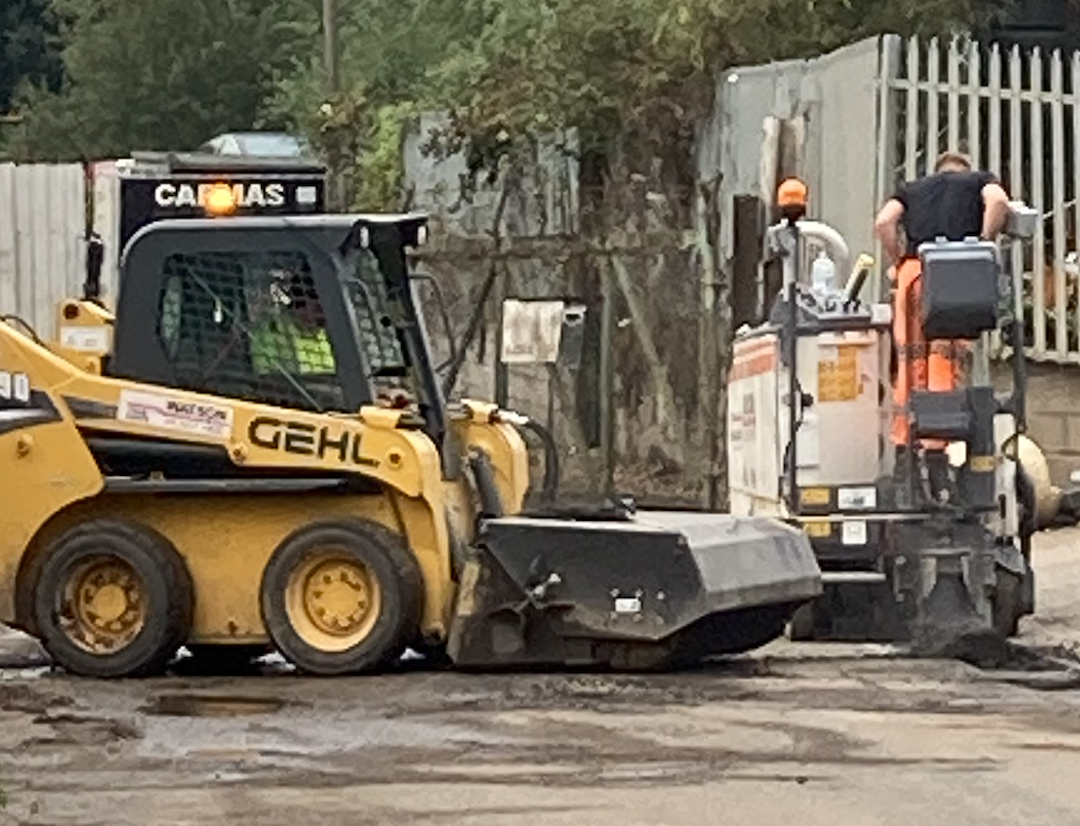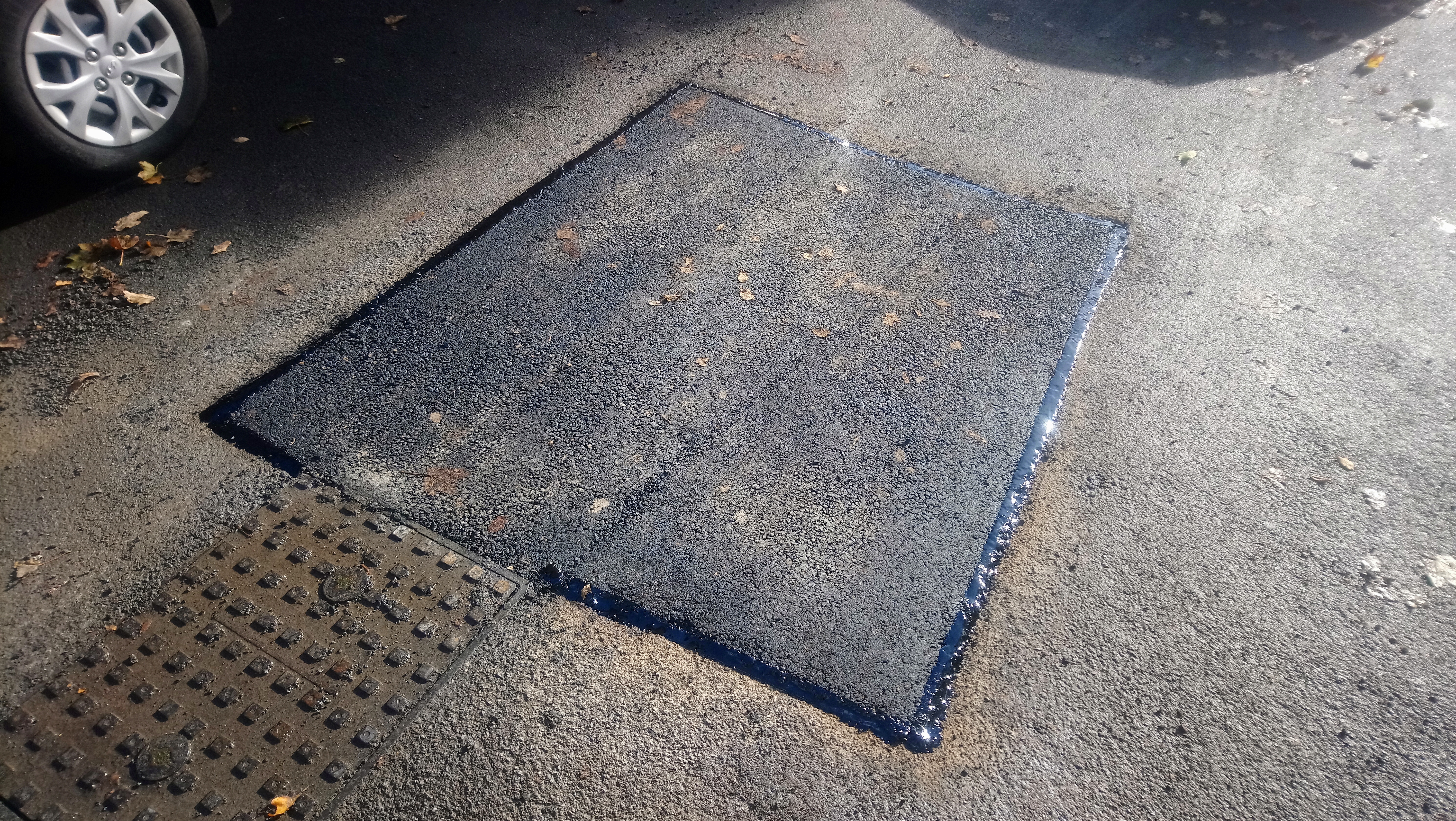
As we step into 2026, the landscape of electric vehicle (EV) infrastructure in the UK is rapidly evolving, driven by technological advancements, government policies, and a growing consumer demand for sustainable transportation. This blog explores the current state of electric car infrastructure, the challenges it faces, and the exciting developments on the horizon.
The Current State of Electric Car Infrastructure
Growth in Charging Stations
Over the past few years, the number of public charging stations in the UK has surged. As of 2026, there are over 45,000 charging points across the country, with a growing network of fast chargers making long-distance travel feasible for EV owners. This expansion is crucial as it alleviates range anxiety—the fear that a vehicle won’t have enough charge to reach its destination.
Types of Charging Stations
The infrastructure comprises several types of public charging stations:
- Level 2 Chargers: Found in workplaces and public areas, these chargers provide a faster charging option, replenishing a vehicle’s battery in several hours.
- DC Fast Chargers: These high-powered charging stations can charge an EV to 80% in about 30 minutes. They are strategically located along major highways to support long-distance travel.
Government Initiatives
In response to the growing demand for EVs, the UK government is investing heavily in infrastructure development. Initiatives such as the Road to Zero Strategy aim to create a more robust and accessible charging network. The government has pledged to provide funding to support the installation of charging points and promote the use of electric vehicles, with ambitious targets for phasing out petrol and diesel cars.
Challenges Facing Electric Car Infrastructure
Accessibility and Equity
One significant challenge in expanding electric car infrastructure is ensuring equitable access. Urban areas often have a higher density of charging stations compared to rural regions, which can leave some communities underserved. Addressing this disparity is crucial for promoting widespread EV adoption.
Grid Capacity
As EV adoption increases, so does the demand for electricity. Upgrading the electrical grid to handle this increased load is essential to avoid outages and ensure reliable charging. Smart grid technology, which allows for better energy management and distribution, will play a vital role in this process.
Standardization
The lack of standardization in charging connectors and payment systems can be confusing for consumers. As the market matures, the push for universal charging standards will help streamline the user experience, making it easier for EV owners to charge their vehicles anywhere.
Innovations on the Horizon
Wireless Charging
One of the most exciting developments in EV infrastructure is wireless charging technology. This innovation allows vehicles to charge without being physically connected to a charging station, using electromagnetic fields. As this technology matures, it could lead to charging roads, where vehicles charge as they drive, reducing the need for dedicated charging stops.
Solar-Powered Charging Stations
The integration of solar panels into charging stations is gaining traction. Solar-powered chargers can generate renewable energy, reducing reliance on the grid and enhancing sustainability. This is particularly beneficial in sunny regions, where solar energy can significantly offset charging costs.
Battery Swap Stations
Battery swapping is an alternative approach to traditional charging. Instead of waiting for a battery to charge, drivers can exchange a depleted battery for a fully charged one at dedicated swap stations. This model has been successfully implemented in some markets and could become a mainstream option in the coming years.
The Road Ahead
Consumer Education and Awareness
For electric vehicles to become the dominant mode of transportation, consumer education is essential. As people become more aware of the benefits of EVs and the expanding infrastructure, adoption rates are likely to increase. Automakers and governments must work together to promote the advantages of electric cars, such as lower operating costs and reduced emissions.
Collaboration Among Stakeholders
The future of electric car infrastructure will depend on collaboration among various stakeholders, including government agencies, utility companies, automakers, and charging network providers. By working together, these entities can create a seamless and efficient charging experience for consumers.
The Role of Technology
Advancements in technology will continue to shape the future of electric car infrastructure. From improved battery technologies that extend range to software solutions that optimize charging times based on grid demand, the integration of tech will be crucial in overcoming current challenges.
Conclusion
As we look towards 2026, the electric car infrastructure in the UK is poised for significant transformation. With increased investment, technological innovations, and a focus on equity, the future of electric vehicles looks bright. By addressing current challenges and fostering collaboration among stakeholders, we can build a sustainable and accessible charging network that will support the widespread adoption of electric vehicles, contributing to a cleaner, greener planet.






